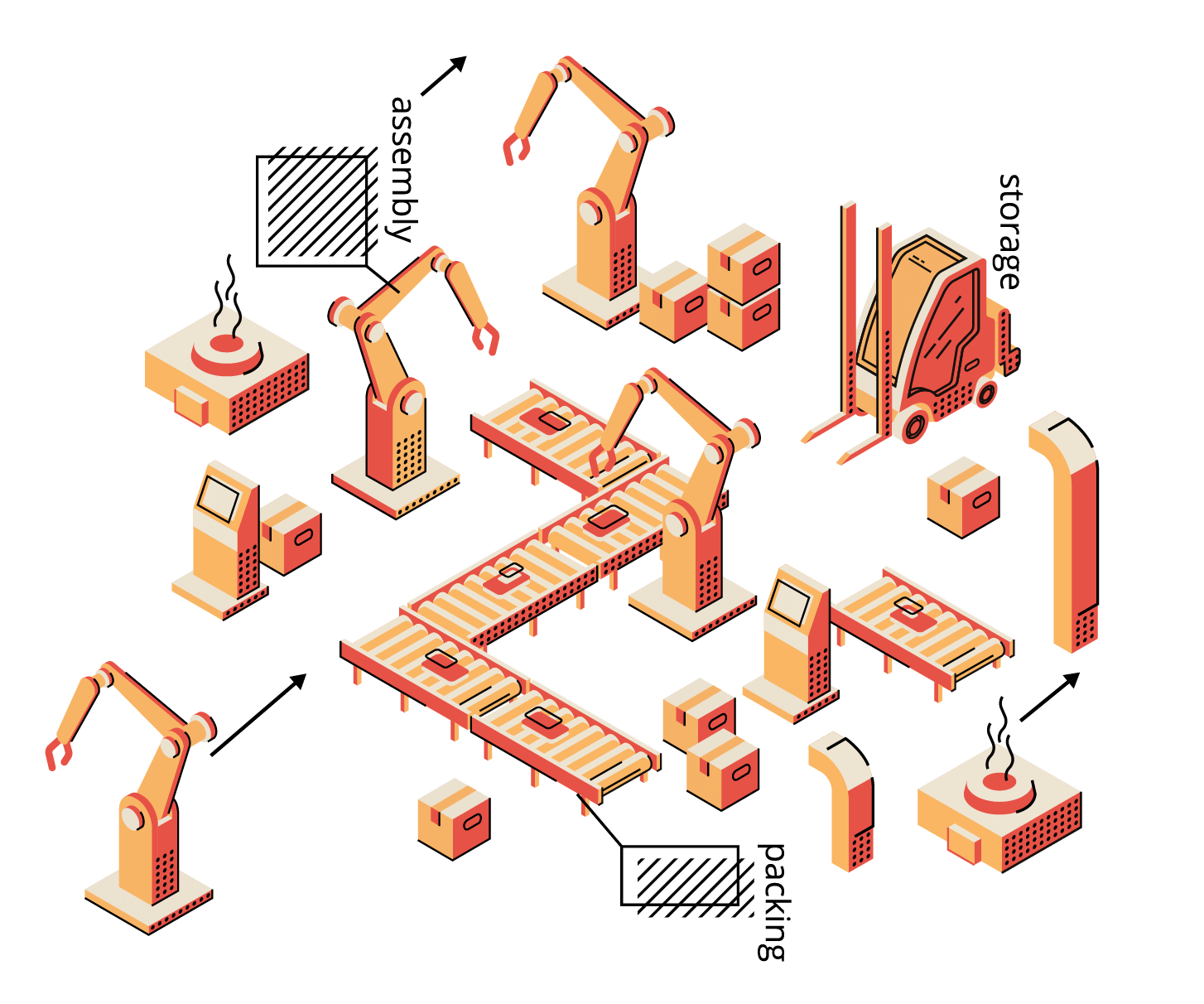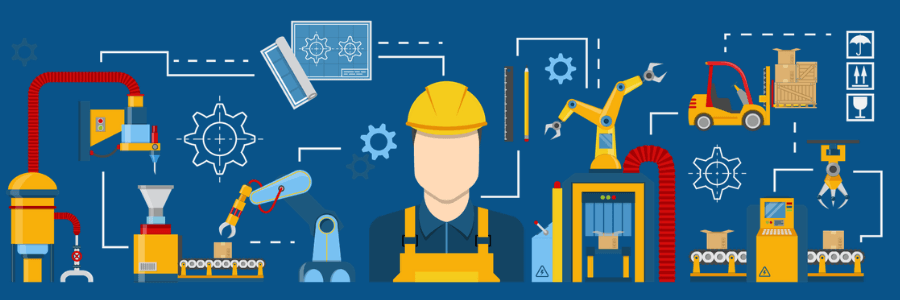If your spending your budget on inventory storage, you already know there are better initiatives you could use that money towards. Like bringing in innovative technology to attract more clients or updating legacy equipment/systems.
So why not develop an inventory reduction strategy? Well, it’s easier said than done. Plus, extra inventory tends to feel like a nice security blanket. Scrap and rework don’t feel as world-ending if there’s extra inventory on hand. Right?
Reducing inventory is necessary and it’s one reason why our clients use manufacturing execution systems (MES). An MES collects all kinds of production data, such as where raw materials are coming from, the time it takes a part to pass through an assembly station, and how many defects happen per run. With an MES, you are able obtain real-time production data and use it to reduce inventory. Manufacturers can accurately forecast, schedule and report on the correct amount of inventory needed to hit their production obligations. Which in turn, reduces on-hand inventory and costs. Let’s dig a little deeper into three different MES capabilities and how each of them can reduce inventory.

MES: Forecasting Raw Materials
If manufacturers can accurately predict the number of supplies needed to meet production demands, they then can order just the right number of components. Eliminating the need to store raw materials AND the finished goods. Talk about lean!
This way, production will follow more of a “pull system” as opposed to a “push system” of product inventory, meaning new parts will only be ordered once all the current inventory has been assembled and shipped. This now maximizes your floor space and allows you to begin downsizing your inventory.
MES: Production Scheduling and Sequencing
To reduce inventory on the floor, your production lines should reflect customer orders or be in “sequence” to the way your product should be delivered. Because sequencing improves production scheduling and overall line efficiency, your output numbers will accelerate.
A just in sequencing (JIS) model is a wonderful way to reduce inventory. Thought of as an evolution of JIT manufacturing, a just-in-sequence strategy allows line operators to assemble a sequence of parts without the need to make decisions about which part is the correct one to assemble. Instead with JIS, the parts are given in the order they need to be assembled.
To achieve this type of sequencing strategy, an MES can create kits that are specific to the parts being produced. The MES can also manage the delivery of components and sub-assemblies in a sequence-specific to the production schedule.


MES: Production and Efficiency Reports
MES’ capture real-time production data such as inventory records of raw goods and finished goods. This makes forecasting of raw materials a lot easier as it’s always clear what’s on hand.
With real-time reporting, plant managers can also see how efficient processes are and how it could be contributing to inventory. For example, MES-generated reports show how long it takes a product to pass through an assembly station. By analyzing why it’s taking longer at one station (which could be employees, machinery defects, etc.) vs another, the line manager can make changes to the process that would speed it up, moving more inventory through the assembly.
The solution to high inventory isn’t always as simple as “increase throughput, decrease inventory.” Accuracy of assembly and reporting is even more important in reducing inventory than trying to ramp up production and ship out finished goods as quickly as possible. MES’ also makes accurate data transparent across the enterprise, streamlining operations and ensuring everyone is always on the same page.

